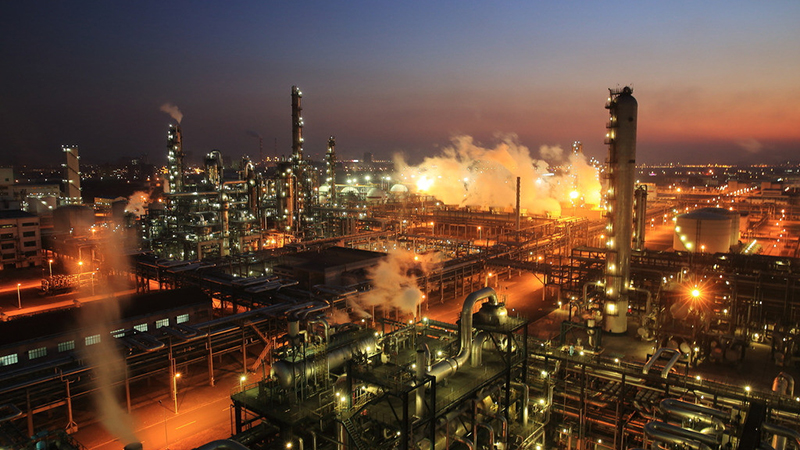Harsh and Hazardous Location lighting Manufacturer
[email protected] +86-25-85508029
Submit a Request
What to Know Before Buying Fixtures for Hazardous Locations
Before purchasing any new light fixtures for your work location, there are some important aspects that you need to consider to make the process easier and to obtain better lighting solutions. Some aspects apply for any location like, power, voltage, light color and price while others are specific for the hazardous areas such as the classification of your location, and the respective certification of the fixtures depending on the type of materials that you work with.


Lumens versus Watts
One of the most important aspects is the power used. First, LED measures lumens and not watts, differently to traditional lighting where there is a direct correlation between watts and brightness. For LED systems watts are not necessarily a predictor of how much brightness the light will produce. For this reason, LEDs use lumens that is a real predictor of how bright the fixture will be.
Lighting
To opt for fixtures with a higher CRI (measures the capacity of the light to reproduce true colors) allows you great lighting for your environment. Adequate lighting will help workers to perform and complete tasks ensuring that they truly see what they are doing without color distortions. Also, an appropriate lighting will provide a more comfortable atmosphere and make you feel more or less anxious or stressed, so choosing the right color of your fixture is also important. The lower the number of kelvins the warmer (or yellowish) the light will be. For instance, an object at 2000K will be more orange; at 6000 K, it will be more white and at 110000 it will be bluer
Price
The price is another major aspect to consider. You'll pay more for an LED than for a traditional light. LED lights are pricey and some are not compatible with traditional dimming switches, so the switch must be replaced. Despite the initial investment, these lights offer a faster return with energy savings a longer lifespan.
Applications
One of the main aspects to know is which environments the luminaries are created for. All lighting systems intended to be used in hazardous areas must adhere to the classification system; it will let you know what lights you need based on the type of materials you will be working with and the frequency that your environment will be exposed to them.
For hazardous areas, fixtures must be installed specially designed and tested to ensure they do \ not ignite; also that the operation and maintenance of the equipment must be according to the three major hazardous locations lighting equipment agencies (Atex, IECEx and UL-North America).
LEDs’ primary points to consider before buying are for any fixtures area energy consumption, durability, CRI, and voltage, but aspects like the classification and compliance of the fixtures are mandatory to avoid accidents and to potentially improve hazardous location lighting. In NJZ lighting we provide detailed information about the features of our products and how they have been strictly designed for the intended classification area.
